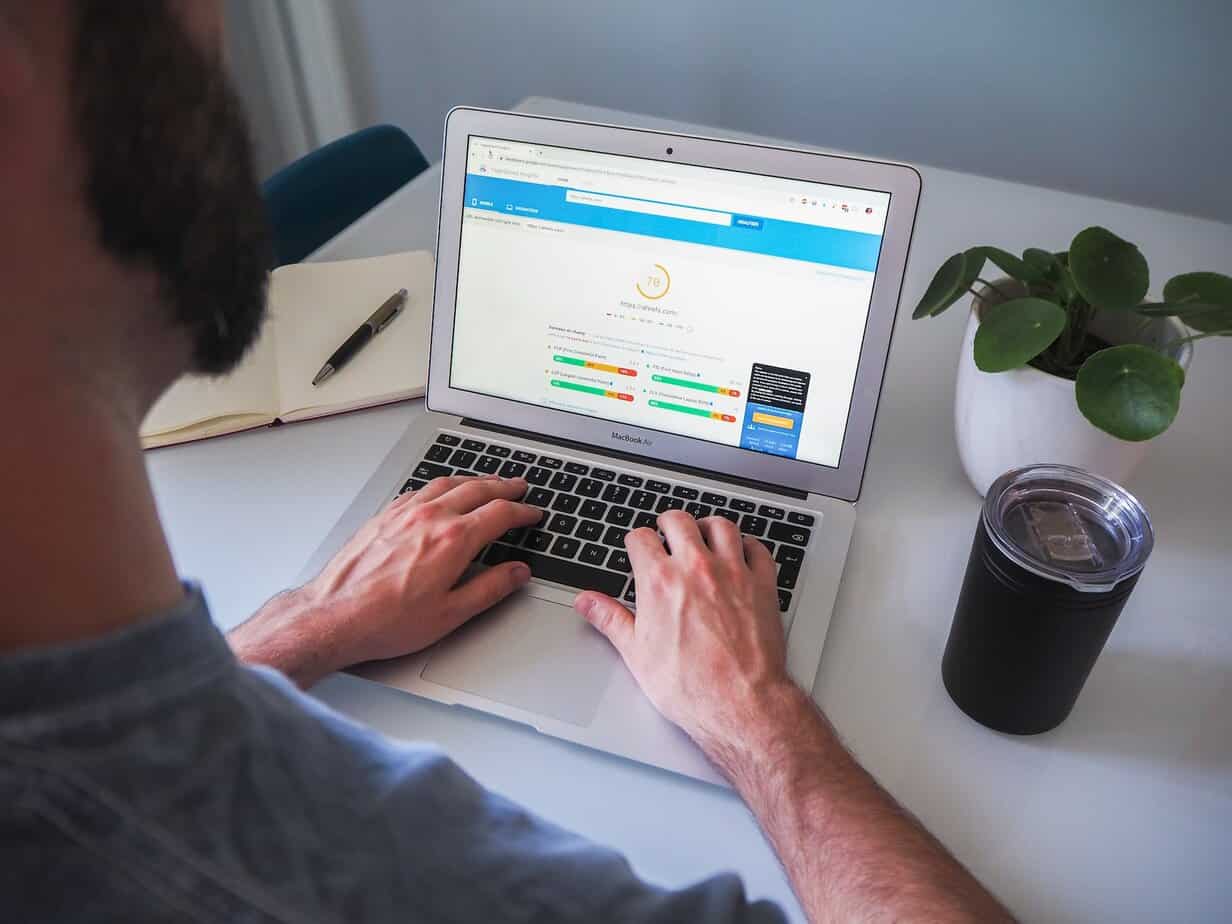It takes approx. 3 minutes to read this article
After content marketing, internal linking is the most powerful search engine promotion lever that can be 100% controlled by the site owner. What does proper internal linking look like and what is it used for? We explain in this article.
What is internal linking?
Internal linking is the creation of site navigation by placing links from one page of a site to other pages of the same site. Internal links can be represented as:
- text hyperlinks;
- banners or images with links;
- merchandise list elements;
- carousels and buttons;
- other formats.
Links within your site act as navigation and guides:
- for users, because through links they can go to other related content on your site – products, action buttons, interactive elements, etc. The more time a user spends on the site, the lower the rejection rate and the higher the conversion;
- for search robots, as internal links help them index your site and find related pages faster by better interpreting their content. This increases keyword relevance, making the site more visible in search results.
Internal links together with external links (leading from and to other domains) form the link profile (link building) of a web resource.
Internal links on a website: what are they used for?
First of all, internal links help your users use your site – they make it easier to navigate your site and find interesting content on your resource. Without them, it would be impossible to move seamlessly between publications, tabs, product or category pages.
Secondly, internal linking is of considerable importance for SEO:
- It increases contextual and keyword relevance. Link text provides search engines with contextual information about the linked page. This helps build keyword relevance. In addition, the informative anchor text of internal links helps users understand what they will see when they click;
- increase user activity. Readers click links on the site and spend more time on the site. User activity and time spent on the site are key behavioral ranking factors;
- they improve indexing. The proper use of internal links allows search robots to scan, index and position pages more efficiently. At the same time, improper use of internal links can lead to increased rejection rates;
- increase visibility in search results. First, we mean bookmarking and anchor links, which help create informative snippets of search results. Secondly, linking to thematically related pages can contribute to nested links being displayed in search results.
Internal links also help increase a site’s PageRank. This is a link ranking algorithm that evaluates and measures the quality of a resource based on external links leading to it from other sites. It is designed to determine a site’s authority based on referrer weight. Once you’ve identified the most authoritative pages on your site, you can use internal linking to pass the earned weight to other important sites.
Internal linking is thus useful not only for the users themselves and improving UX, but also for the site’s position in the SERPs.
main photo: unsplash.com/Myriam Jessier
